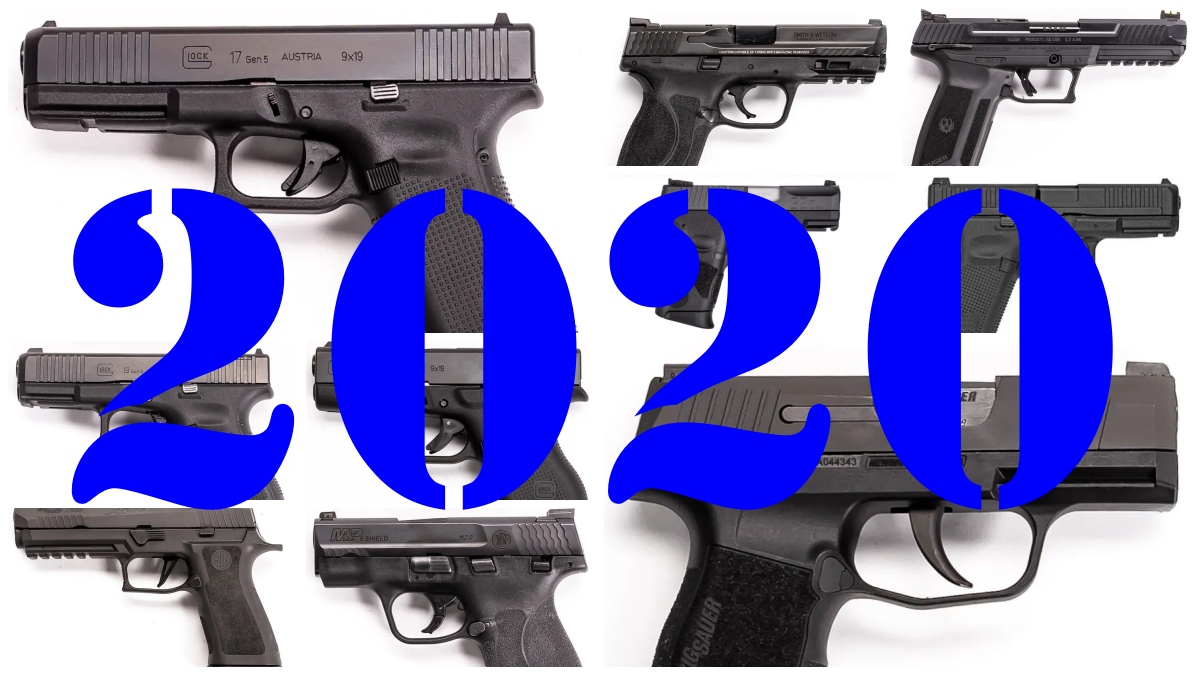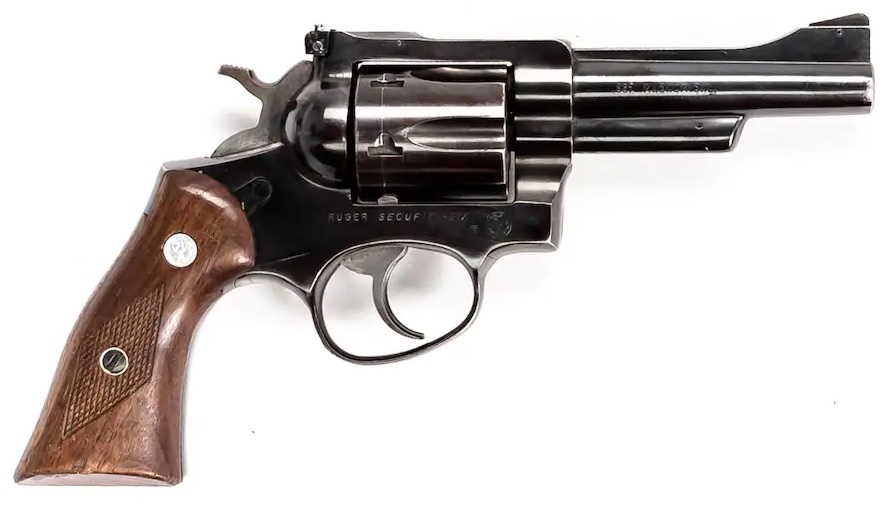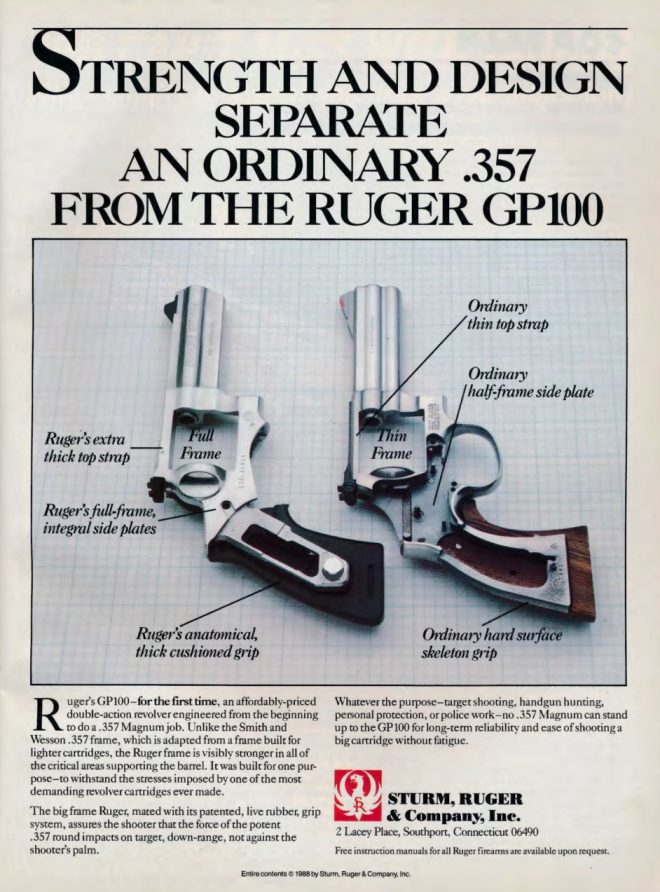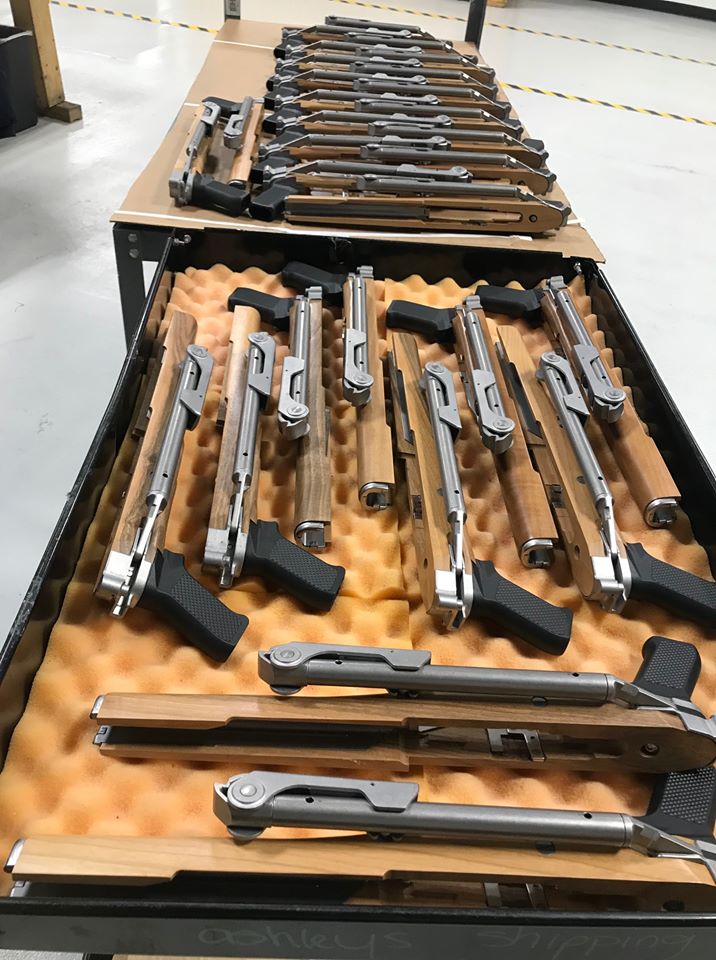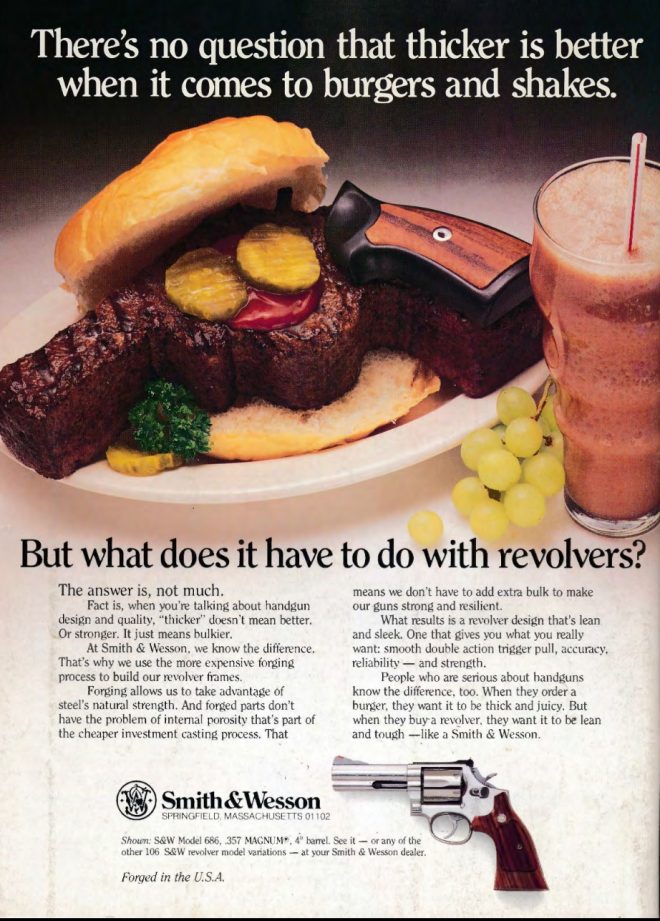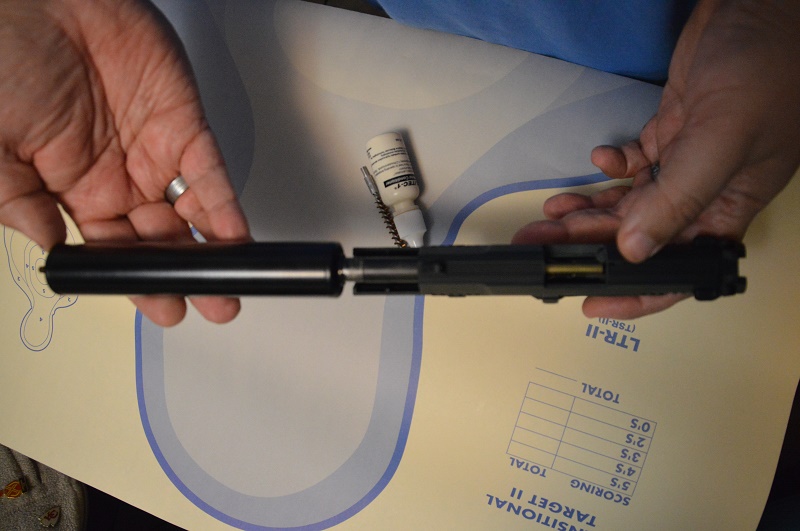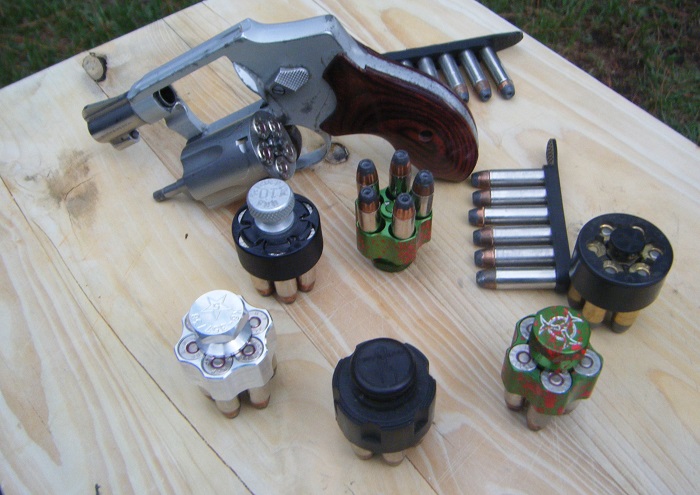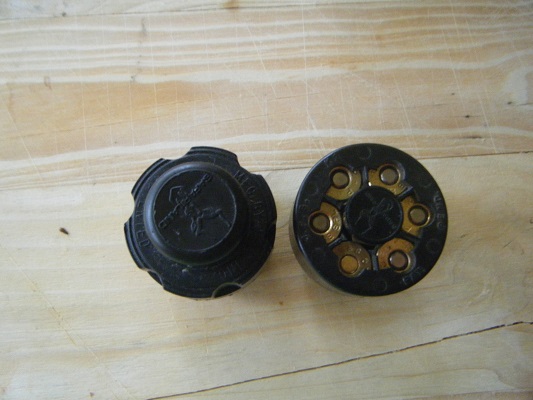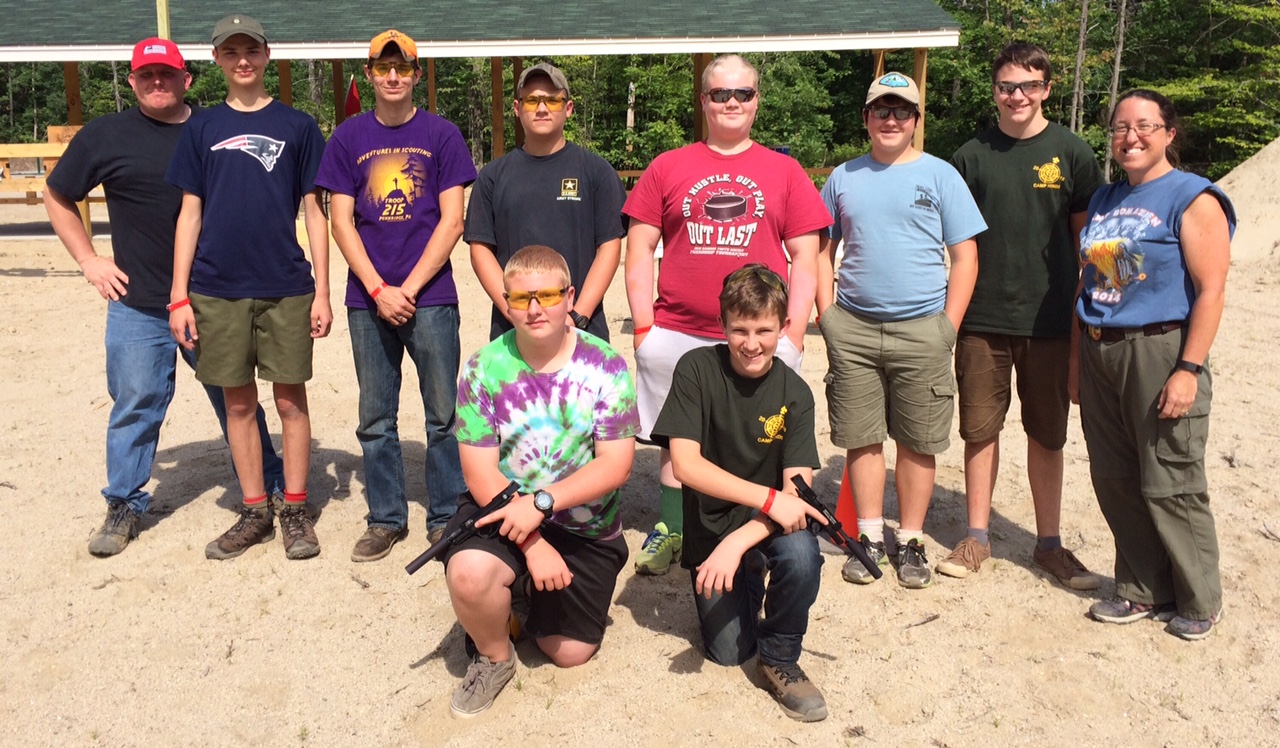In a world in which over two million of Ruger’s handy .223 caliber rifle has been made since 1973, there were bound to be dozens of variants and subvariants. Sure you know about the Ranch rifle, the full-auto AC556, and the Mini-30, but what about the GB? What makes the GB so special? And what do they have to do with Bermuda?
Ruger’s attempt at government sales
Styled after an amalgam of pre-1968 US combat rifles including the M1 Garand, M1 Carbine and M14 rifle, the Mini-14 had features drawn from almost all of these guns. Although the gun went on to sell many more copies in its standard form on the US civilian market, it was sales to law enforcement and the military that Ruger wanted a slice of. In the late 1970s, the company made a Mini-14 with a longer receiver and selector switch to change the gun from semi-auto to 3-round burst to full auto at 700 rounds per minute! One big overseas sale of these guns was to the French National Gendarmes (as the Mousqueton AMD).
This model, the AC556, and its chopped down little brother the AC556K were sold for two decades in small numbers. The thing is, while this was a good model for military use, many law enforcement agencies were leery of full-auto weapons or could get free M16A1s from the US government. What they wanted was a more tactical Mini-14 but still in semi-auto. This led to the GB variant.
Differences in the GB
These guns were simply standard Ruger Mini-14’s that were given a list of extra accessories and without the fun button of the AC model. This included a flash hider that adorned the muzzle crown of the rifle. The muzzle attachment allowed for use with a line of CS (tear gas) and smoke grenades, which were launched by blank 5.56mm rounds. This hider doubled as a recoil reducer as it ported the gases out and away from the muzzle. About five inches being the muzzle was a bolted on bayonet lug. This would accommodate any M16 style bayonet (the M7, M9, OKC-3S, or others).
This made the gun good for riot/crowd control scenarios for paramilitary forces overseas and was key in selling the gun to such groups as the Bermuda defense forces. After all, nothing says “keep off the grass” around a government building than a line of guys with rifles with fixed bayonets. This feature gave the gun its “GB” moniker, which stood for Government Bayonet.
The Royal Bermuda Regiment is a territorial defense unit for the British Overseas Territory of Bermuda.
Being closer to North Carolina than the UK geographically, Ruger scored in the early 1980s by selling the colonial government a stack of Mini-14GBs for a song that included the crest of the regiment in their wooden stocks (since replaced by a Butler Creek style polymer one without the embellishment).
They have seen hard use in both ceremonial and training duties.
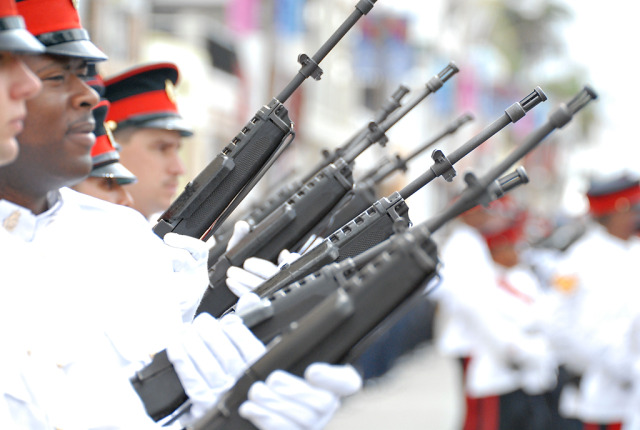
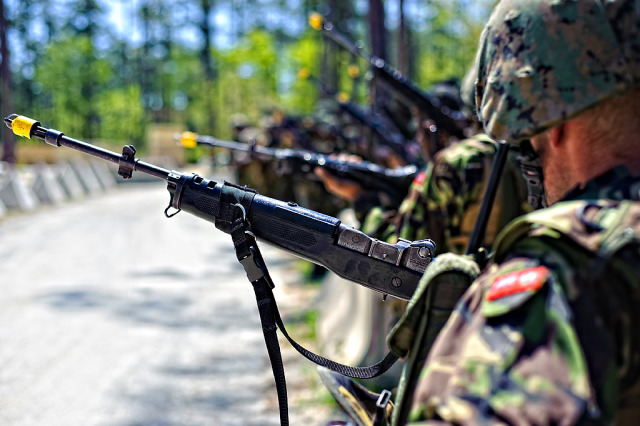
Now, with the drawdown of the British Army, it seems the Crown has found a boatload of arms to send round to Bermuda to put the Rugers out to pasture.
In late 2016, it was decided to send the colony 400 L98A2 (SA80A2) rifles with bayonets, 1,600 magazines, 440 TA31 optical weapons sights (Trijcon ACOGs), and four collimator-type weapons sights. The gear is valued at $1.4 million and was donated.
As noted by the local paper, the Regiment will divest themselves of the Rugers but retain its small stock of Heckler & Koch G36s, which are issued to members of the spec-ops oriented Boat Troop and the Operational Support Unit.
The Enfields look much different compared to the Mini-14s.
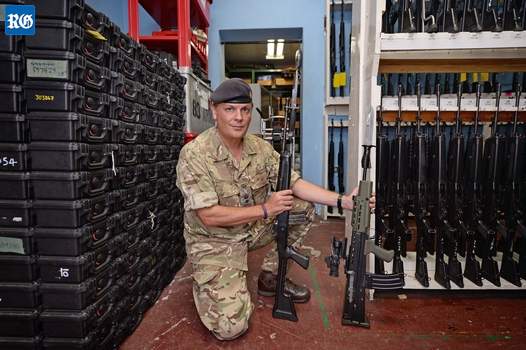
New and old compared
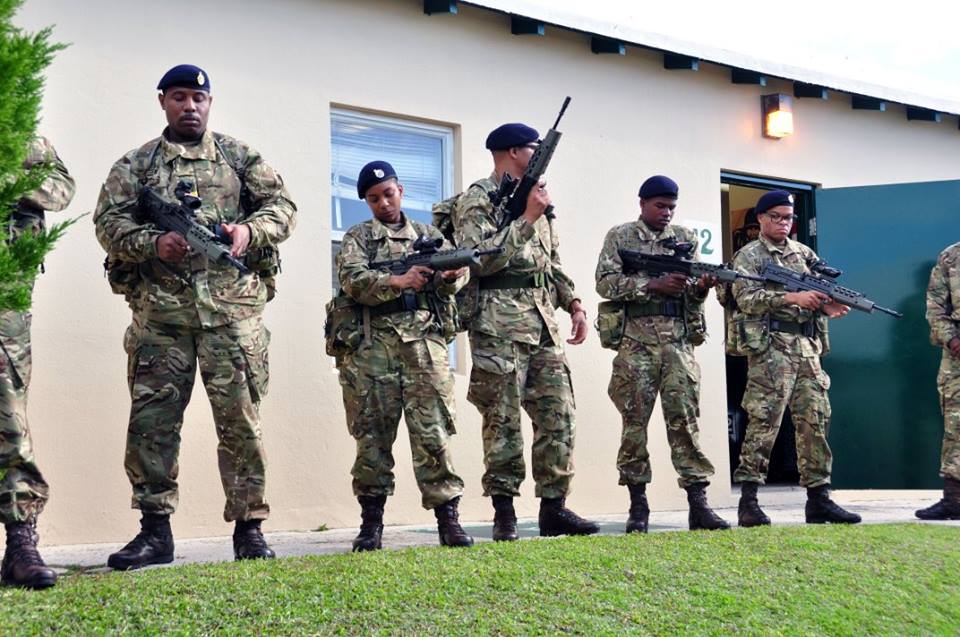
In training at Warwick Camp
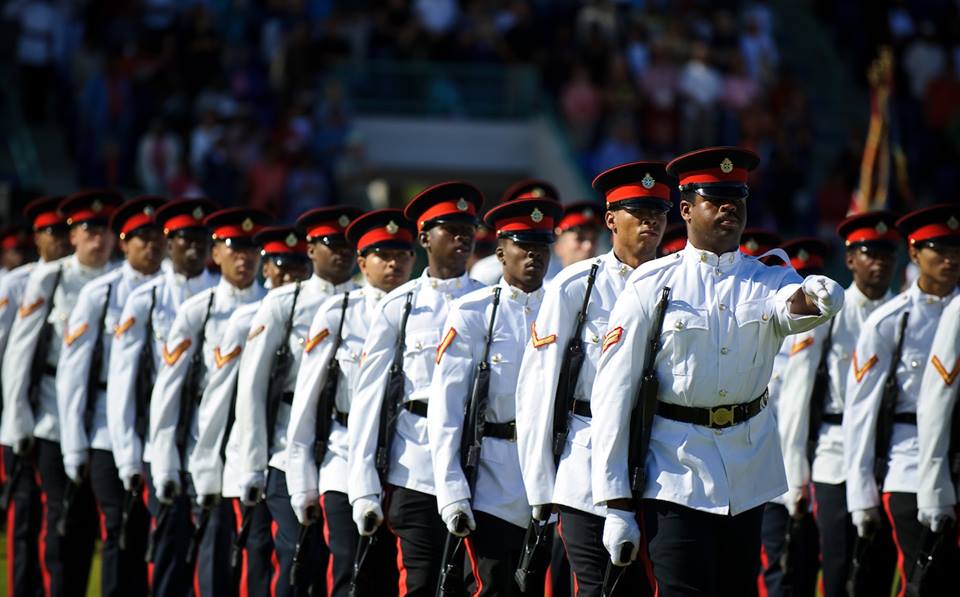
And on parade
But do they have the RBR crest? Didn’t think so.
